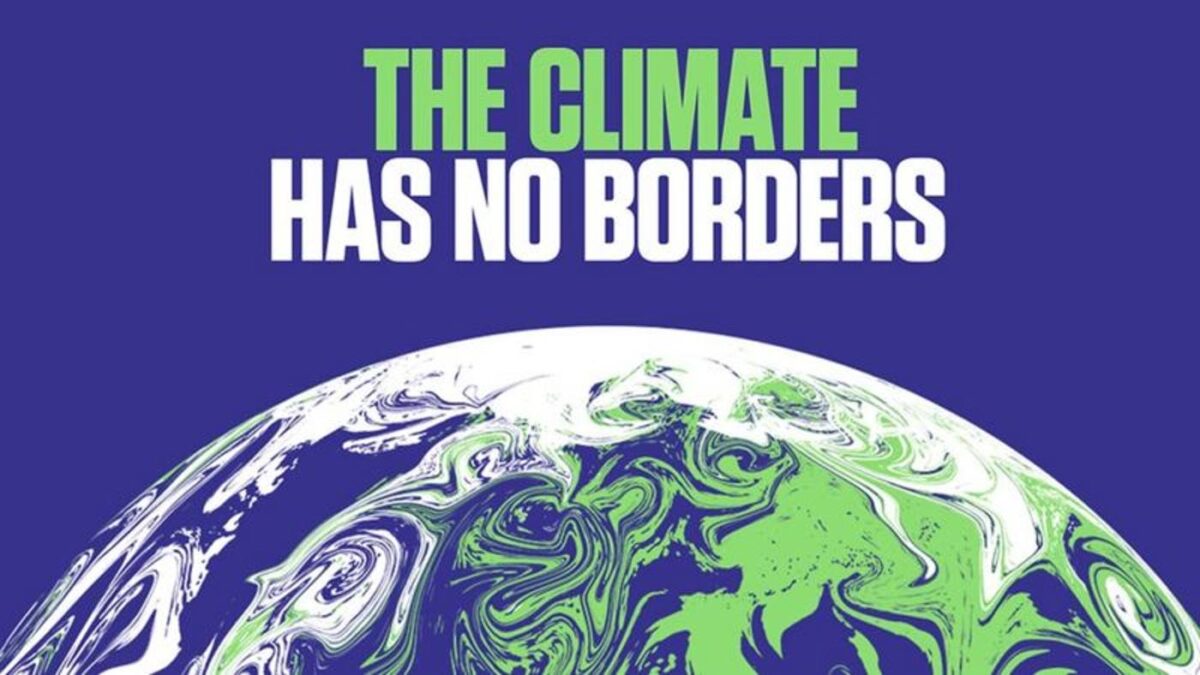
In the post-pandemic world, sustainable solutions are the way forward
December 13, 2020
Decarbonization EXPO in Tokyo 2023
March 17, 2023COP26: The ultimate piece in the climate change puzzle

The last few months have been critical for our society and the environment. In 2021, we saw the world face new hurdles with the advanced mutations of the novel virus while also dealing with natural calamities like droughts in the Western USA, a heatwave in the Pacific Northwest, large wildfires in the West destroying an area half the size of Connecticut, and the global energy crisis keeping nations like India, China, South Korea, the UK, France, Belgium, and the USA on their toes.
To tackle climate change and battle other major issues related to the global economy, world leaders and policymakers came together on two major occasions this year: the G20 meeting in Rome and the COP26 in Glasgow.
In this blog, we will focus on the COP26 summit, which took place from October to November this year, its key outcomes, what it means for the energy world, and how it differs from G20. But before we dive deep into COP26, let’s quickly understand a few basics.
What is the G20?
What is COP26?
“2021 was the year where COP countries revisited climate pledges made under the Paris Agreement in 2015.”
While G20 is an intergovernmental forum focused on addressing major issues related to the global economy, COP26 throws light on environmental issues and is a crucial link to tackling climate change issues the world needs today.It is inevitable to “revisit and strengthen” the 2030 targets by the end of 2022 with another meeting, in order to align them with the Paris Agreement’s temperature goals.
Outcomes of COP26
COP26 acknowledged how the world still remains off track to beat the global climate crisis. Albeit, COP26 marked a step forward in addressing global efforts to tackle climate change, including reducing emissions across the world, finalisation of rules on reporting emissions and international carbon trading, and the launch of a range of new initiatives and sector deals.
Key Takeaways :
- Meeting next year to further cut CO2 emissions: This meeting will ensure temperature rises within 1.5C – which according to scientists is required to prevent a “climate catastrophe”. The current pledges, if met, will only limit global warming to about 2.4C.
- Collective commitments to curb methane emissions: A scheme to cut 30% of methane emissions by 2030 was agreed by more than 100 countries. Methane is currently responsible for a third of human-generated warming. The big emitters China, Russia and India haven’t joined – but it’s hoped they will later.
- Commitments to phase out domestic coal: A group of 46 countries, including the U.K, Canada, Poland and Vietnam made commitments to phase out domestic coal, while a further 29 countries including the U.K, Canada, Germany and Italy committed to ending direct international public support for unabated fossil fuels by the end of 2022 and redirect this investment to clean energy.
- Align the financial sector with net-zero by 2050: Another aspect discussed was money and how can financial organisations direct money from fossil fuel-based technologies to clean tech technologies. For large middle-income nations like India and South Africa, there were signs of progress on investments needed for developing clean energy. Massive financial participation and reallocation is the last main point to pursue net-zero goals.
- Stopping deforestation by 2030: About 85% of the world’s forests are held by 100 countries that have agreed to stop deforestation by 2030. Only time will tell how this can be implemented.
- The US-China agreement: While China has been previously reluctant to tackle their domestic coal emissions, after COP26, it has pledged along with the USA, both being the biggest CO2 emitters, to cooperate more over the next decade to address methane emissions and the switch to clean energy.
- Big focus on hydrogen technologies: Big focus has been put on Hydrogen technologies, as one of the main mediums through which it will be possible to reach a green transition. Countries and companies started to discuss and sign important collaborations related to the realisation of a hydrogen network and implementing the supply chain.
Conclusion
It is clear that the aim of the Glasgow summit was for countries to “revisit and strengthen” their 2030 targets by the end of 2022 by aligning them with the Paris Agreement’s temperature goals. After COP26, 151 countries submitted new climate plans (also known as nationally determined contributions, or NDCs) to slash their emissions by 2030.
It was also decided that the countries that had not yet done so would have to submit long-term strategies to 2050, aiming for a transition to net-zero emissions around mid-century. Despite the mediocre performance by many countries, there were some forward-looking outcomes that can pave the path for a better future with new innovative sectoral partnerships that will help reshape the economy and achieve a net-zero future.



